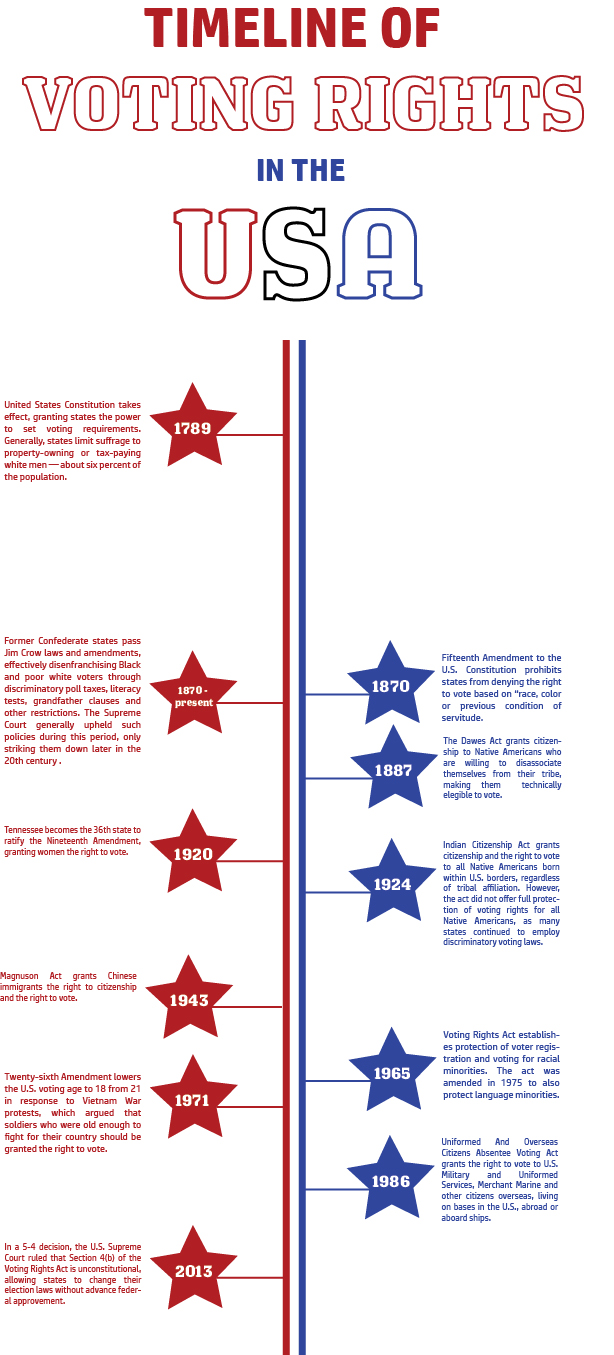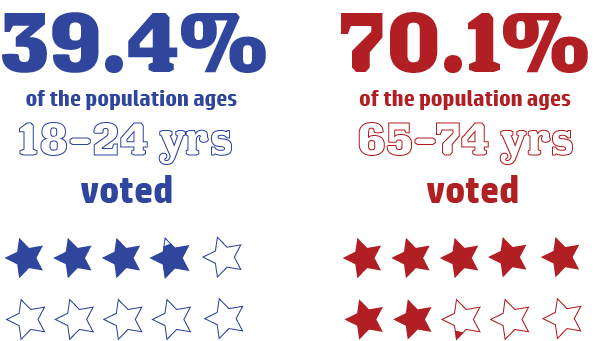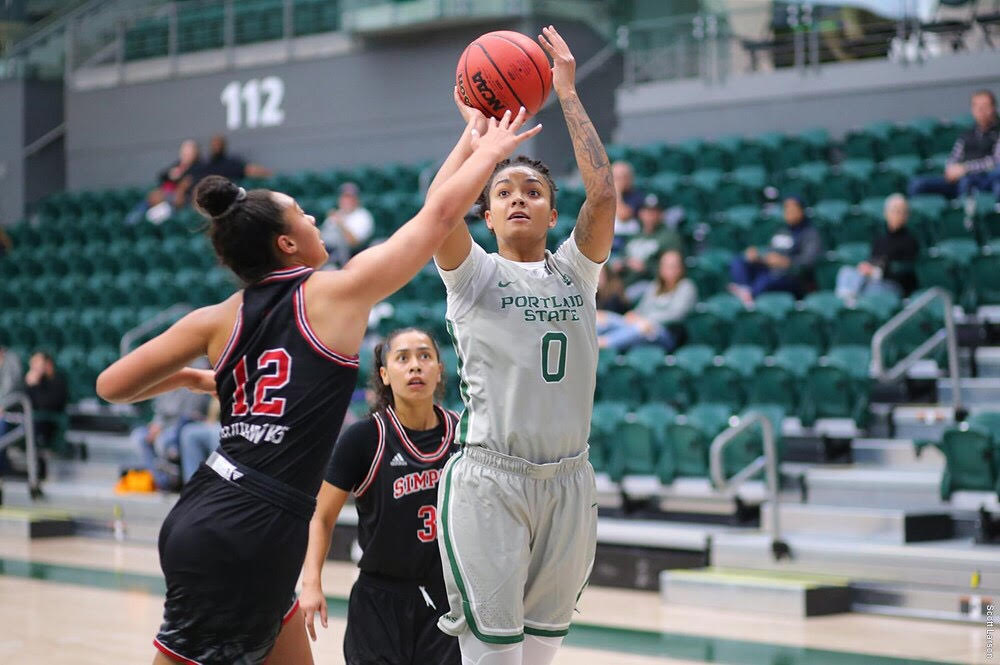All 435 seats in the United States House of Representatives are up for grabs in this year’s midterm elections, and along with choosing the next governor, Oregonians face multiple ballot measures on issues ranging from revoking the state’s sanctuary status to whether or not to spend over $600 billion on affordable housing.
Young adults and traditional-age college students are the group least likely to vote in this election, according to government census data. Midterm elections have historically low turnouts compared to presidential elections, but some estimates say this year’s election could see the highest rate of ballots cast in 50 years. The last midterm elections in 2014 saw a record low turnout of 36 percent.
Lynn Santelmann, associate professor in the applied linguistics department, has been at Portland State nearly 20 years. She sent out an email on Oct. 25 listing Oregon’s political parties and providing links to voter guides. She said the information in her email was categorized alphabetically to avoid favoring one party or guide over another.
As a faculty member, Santelmann can’t engage in political advocacy, but she said she often sends out emails like this “just to remind our students that they need to vote, and it’s not that hard—especially in Oregon.”
Who votes?
Santelmann pointed to the examples of Medicare and Social Security—government programs that historically have not seen funding cuts by politicians because of the strong voter base in support of the programs.“If you look at the relationship between who votes and who has the most entitlements, there’s a very, very strong relationship there,” Santelmann said.
When Oregon Governor Kate Brown, who is seeking re-election this year, met with members of the Associated Students of Portland State University and the Oregon Student Association at PSU in May of this year, she echoed Santelmann’s sentiment.
“Do you have a sense that students make the connection between who gets elected to the legislature and the impact on tuition?” Brown asked student leaders.
“Who’s electing our officials?” she added. “It’s people who are older than me. Who are elected officials responsive to? The Baby Boomers.”
Clarissa Au, an international studies major, is voting for the first time this election. She already had her ballot partially filled out, but had not finished making all of her decisions. “I still need to do more research on some of the candidates and issues so I’m sure I’m making the right choice,” she said.
Au said she had difficulty finding news sources she felt presented information in an objective way. “Sometimes it’s hard to know what is real.”
In recent years, many U.S. adults have said they have lost trust in the news media, citing issues of accuracy or bias.
Ads from both campaigns in the race for Oregon’s next governor have been found to be misleading and false at times. The political contest is the most expensive in the state’s history, with the majority of campaign funds going toward advertising, marketing and political consulting firms.
Jannike Allen, a junior studying environmental science, said she wants to vote, but is currently registered in California and has experienced frustration with getting her ballot forwarded.
“I keep hearing how important this election is, so not being able to participate is really frustrating,” Allen said.
Who doesn’t vote?
Aside from geography, there are a number of barriers that can contribute to lower turnouts. One of the largest groups of U.S. citizens unable to vote are felons.
Over six million citizens are barred from voting nationwide due to felony disenfranchisement laws, according to the Sentencing Project. These laws are part of a legacy of punitive justice systems barring those who violate social norms from participation in the political process.

The committee also stated concerns that voter identification and other eligibility requirements for voters “may impose excessive burdens on voters and result in de facto disenfranchisement of large voters, including members of minority groups.”In a 2014 review of the U.S. under the International Covenant on Civil and Political Rights, a UN committee suggested all states reinstitute voting rights to felons who have served out their sentences.
While it is difficult to estimate the overall impact on turnout by such laws, multiple studies have shown that voter ID laws disproportionately impact minority communities, and at least one Republican lawmaker has publically revealed the intent of the laws: to give an edge in swing states with diverse electorates.
Au said she was eligible to vote in the last presidential election, but didn’t like either of the candidates running. “I didn’t want to be held responsible if I helped one of them win,” she said.
Au wasn’t alone. According to U.S. Census Bureau data, the most common reason for not voting among most age ranges surveyed was “Did not like candidates or campaign issues.”
“I think there are problems with the system,” Allen said, “but we can’t let it get any worse.”
Santelmann said she acknowledged the limitations of voting, but felt it was important for those looking for change to work both inside and outside the system. “If you look at the big changes, like women’s right to vote in the ‘20s…there were street protests, there were lots of actions, there were boycotts…but the change came through legislation.”
Santelmann also highlighted the effectiveness of Oregon’s vote-by-mail system, which has high levels of support across party lines.
Oregon’s senators and congressional representatives have consistently attempted to expand the state’s system nationwide, the most recent effort being in 2017.
“As Oregonians, we have fewer instances of disenfranchisement than in some other places in the nation,” Santelmann said. “If you’re feeling like the system is rigged, [Oregon] is a pretty good place to be.”







